Disney
The Real Horror in ‘Winnie the Pooh: Blood and Honey’ Is Its Lack of Creativity
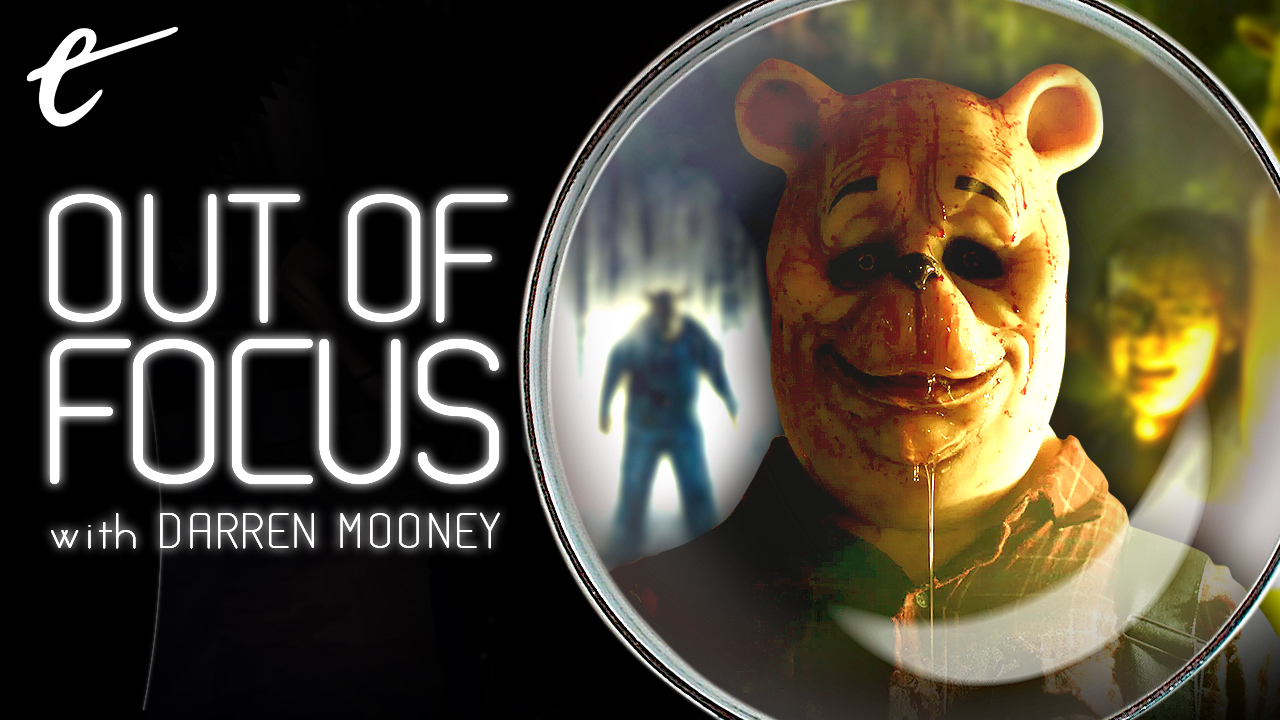
The quote attributed to both Fredric Jameson and Slavoj Žižek, claiming that “it is easier to imagine the end of the world than the end of capitalism,” comes to mind while watching Rhys Frake-Waterfield’s Winnie the Pooh: Blood and Honey, a schlocky horror film that reimagines A. A. Milne’s beloved anthropomorphic teddy bear as a hack-and-slash movie monster. This notion, though strange, is present throughout the film.
Blood and Honey can be seen in a couple of different contexts. Primarily, it’s a transgressive horror film that grotesquely and unsettlingly uses beloved childhood characters for cheap thrills. This film is part of a recent trend that includes movies like The Banana Splits Movie and The Mean One. It also shares similarities with the upcoming Five Nights at Freddy’s adaptation, as all of these projects take innocent, beloved characters and turn them violent.
However, Blood and Honey is distinct from its contemporaries. It’s not a mere pastiche like Five Nights at Freddy’s, nor is it a licensed production like The Banana Splits Movie or an unauthorized parody like The Mean One. Instead, it is an adaptation of A. A. Milne’s beloved children’s classic, made possible by the fact that Winnie the Pooh has entered the public domain. This means that nobody needs to pay for the rights to use the character, and there is no authority to veto what can be done with him.
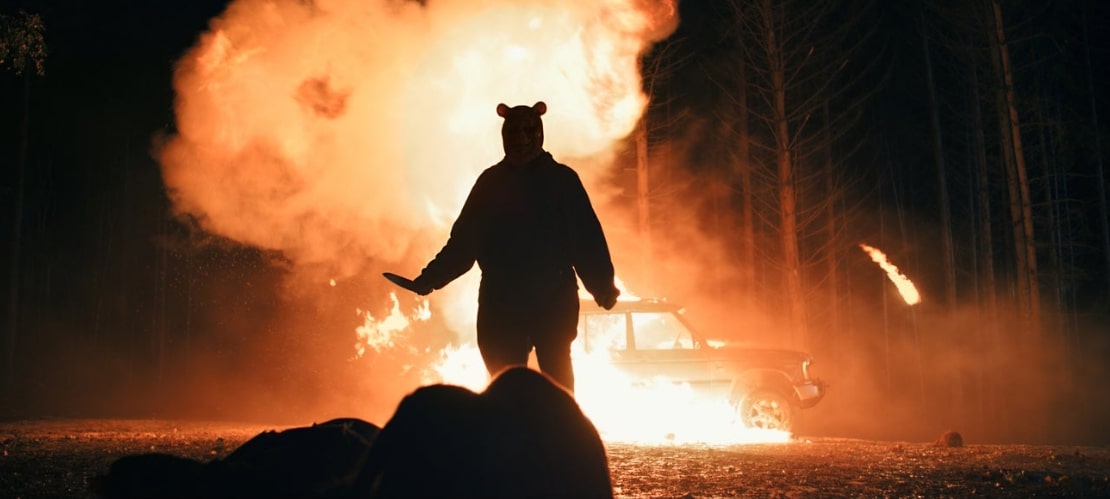
Copyright law is a fascinating aspect to consider. The Copyright Act of 1790 initially provided protection for an author’s work for 14 years. However, this protection has been expanded over the years. In 1998, the Copyright Term Extension Act extended protection to the life of the author plus another seven decades. In many cases, copyright doesn’t protect artists; instead, it serves corporate interests. Massive corporations control lucrative intellectual property while often exploiting the creativity of their employees and contractors.
The extensions to copyright terms were largely driven by these companies holding intellectual property rights. The Copyright Term Extension Act was even nicknamed the “Mickey Mouse Protection Act” due to Disney’s active lobbying in favor of the extension. In fact, Disney paid $350 million to purchase Winnie the Pooh from the A. A. Milne estate in 2001. This reflects ruthless capitalism, driven by the desire of these companies to control the public imagination.
The Copyright Term Extension Act ensured that no media would enter the public domain between 1998 and 2019. While some argue that superheroes are like modern-day Greek gods, mythology is a public resource. The classic myths were not owned by large corporations that could stifle creativity with legal threats.
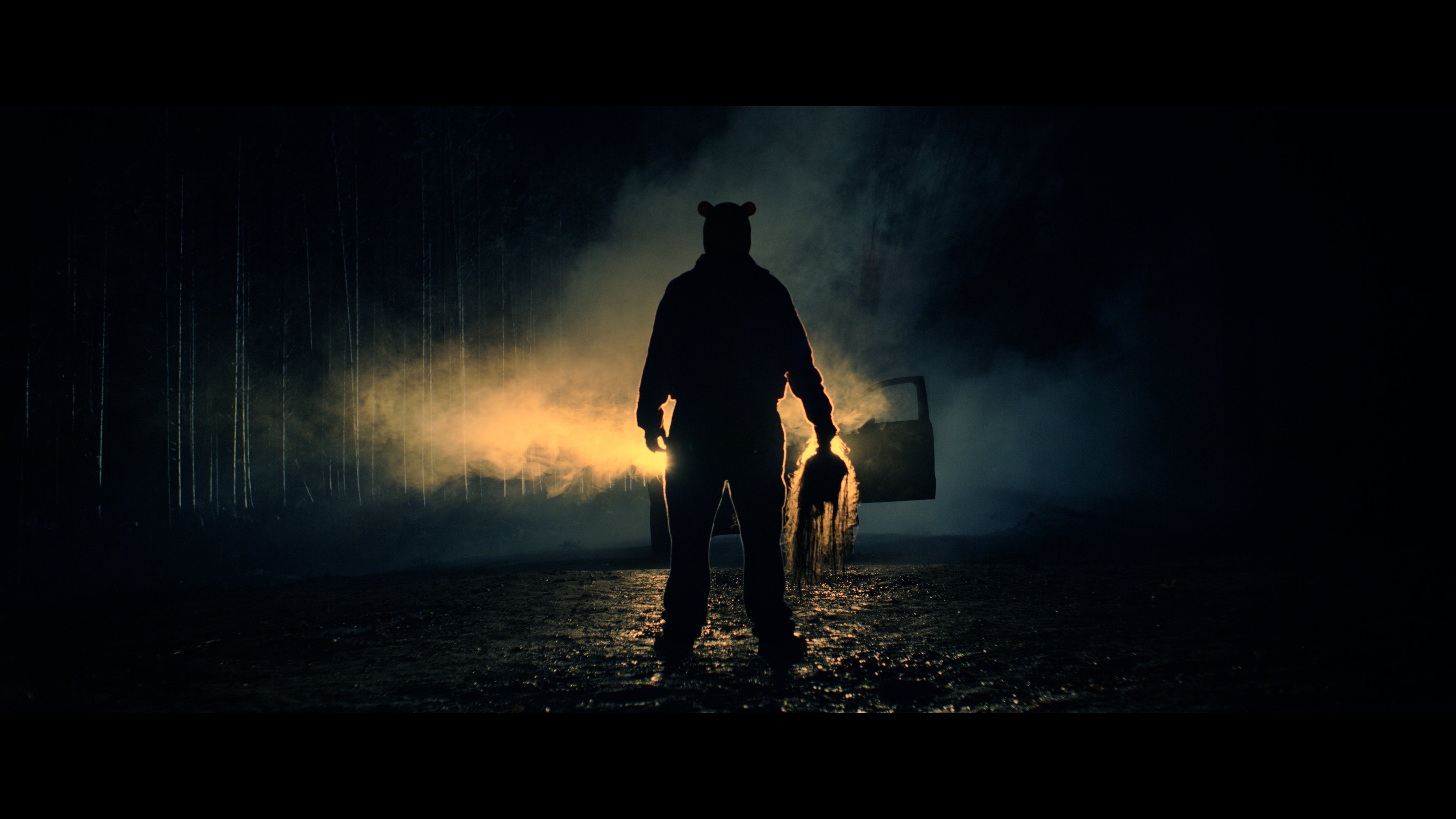
Blood and Honey is a transgressive act of rebellion against this system. Writer and director Rhys Frake-Waterfield recognized an opportunity as A. A. Milne’s beloved childhood fable entered the public domain. With a budget of under $100,000, he created a slasher movie based on the earliest Pooh stories. However, iconic elements added to the Pooh mythos in later years, like Poohsticks and Tigger, couldn’t be included because they are still under Disney’s copyright protection.
While Blood and Honey is a poorly made and uninspired film, it hints at an interesting idea. It revolves around an adult Christopher Robin returning to the childhood fantasy he left behind when he went to college, only to find that his childhood won’t let him go. Pooh needs Christopher for validation and love, and their relationship isn’t as innocent as it seems when viewed through the lens of childhood memories.
The film might be seen as a clever commentary on how modern pop culture infantilizes its audience. Many adults today have their childhood nostalgia exploited by streaming services and studios. Even if someone lives in seclusion, franchises like Star Wars, Teenage Mutant Ninja Turtles, He-Man, and X-Men: The Animated Series are inescapable. Entertainment once aimed at children is now targeted at the adults those children have become. There is no indication that these corporations will stop this practice.
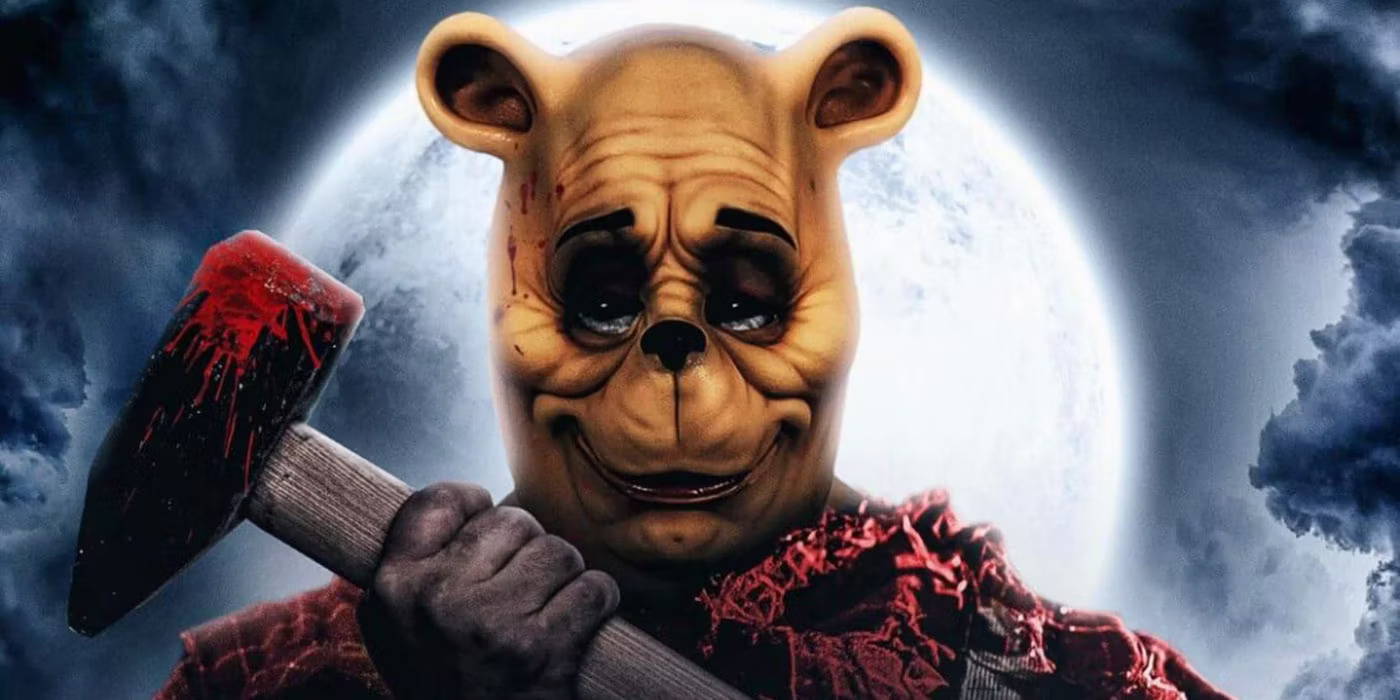
However, Blood and Honey doesn’t deserve too much credit. It’s not a subversive commentary on the exploitation of cultural touchstones; it’s a cynical exploitation of those very touchstones. Frake-Waterfield uses Pooh to make money, just as Disney does. Blood and Honey grossed nearly $5 million at the global box office and will likely perform well on home media and streaming. A sequel is already in the works with a bigger budget, and Frake-Waterfield aims to expand into a shared universe with similar properties.
Frake-Waterfield dreams of a larger childhood horror shared universe, hoping to create a massive multimedia franchise without having to pay for the rights. In theory, the liberation of iconic characters from copyright should encourage creativity and ingenuity. It should open doors for projects like The People’s Joker or Apocalypse Pooh. While some artists do engage in such work, it also offers a chance for commentary on the modern media landscape. Even Last Week Tonight with John Oliver is excited about the satirical potential of Mickey Mouse entering the public domain.

Blood and Honey, however, shows another side of this liberation – it can lead to cynical and ruthless exploitation of intellectual property. Frake-Waterfield doesn’t use Pooh to make a point about the exploitation of cultural touchstones; he exploits them himself. This film represents a darker side of intellectual property management, perpetuating even in the public domain.
As copyright ends for iconic characters, some will use the brand recognition to make quick money. Business logic is simple: people recognize the brand, making it easier to sell. Blood and Honey is not a subversive or rebellious act; it’s a cheaper, more cynical, and less competent version of the larger processes driving modern media.
Despite its moral handwringing about “ruining childhoods,” the true horror of Blood and Honey lies in the limits of creative imagination. It suggests an inability to envision an alternative to the model of intellectual property management that dominates contemporary pop culture. Even as the end of copyright becomes a reality, the end of this intellectual property churn remains unimaginable. The public domain doesn’t free intellectual property from exploitation; it merely means someone else can take a turn at exploiting it.
We bring out some of the most well-known Disney collection, all of which are available at reasonable costs. Visit our link now if you are interested in the Disney collection

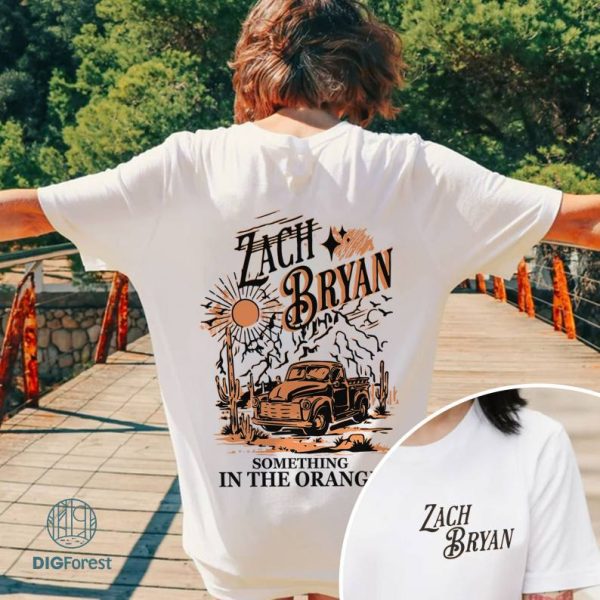
Snow White, Cinderella, Aurora, Ariel, Belle
